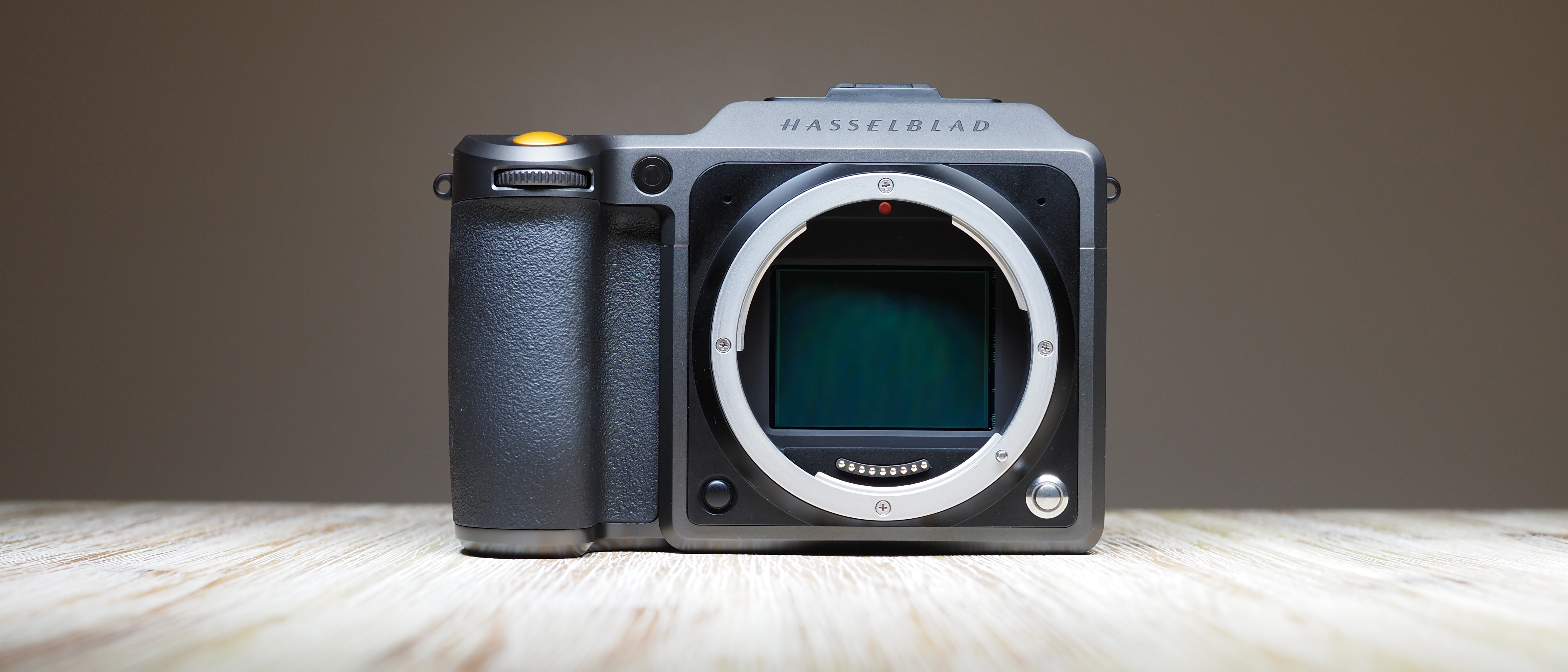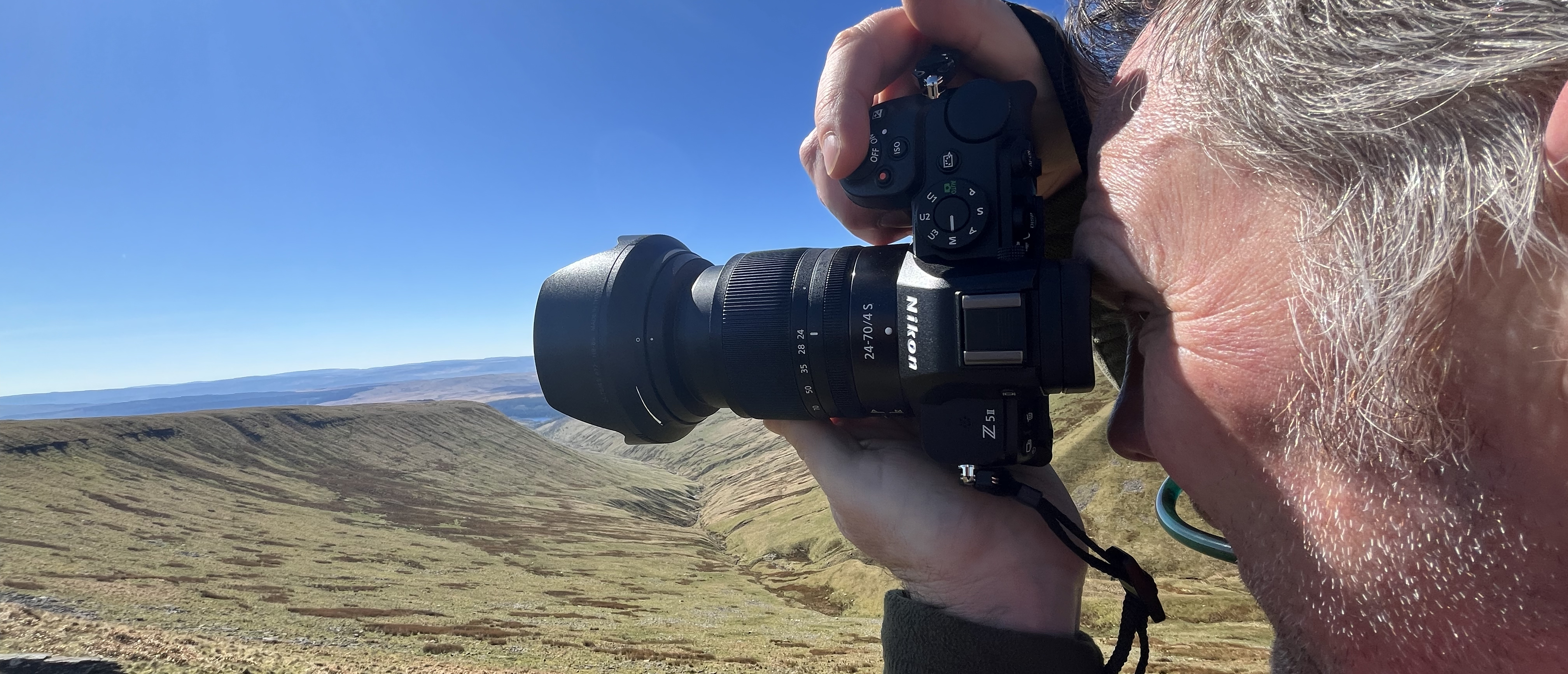Digital Camera World Verdict
The Hasselblad X1D II 50C features some notable performance boosts – larger and higher-res EVF and rear screen, faster startup time and general operability, improved connectivity and workflow – but fundamentally, it's the same camera as its predecessor. This means that you get the same fantastic medium format image quality in the same sleek, superbly designed body that's lightweight and portable. However, it also means that you get the same issues like sluggish autofocus and slow shutter response, and while it can now shoot video, it's not 4K.
Pros
- +
Beautiful image quality
- +
Improved speed & performance
- +
New tethering & mobile options
- +
Incredibly comfortable to use
Cons
- -
Autofocus remains sluggish
- -
Shutter feels slow to respond
- -
2.7K video well short of 4K
- -
Still pricier than its rivals
Why you can trust Digital Camera World
Contrary to expectations, the revised Hasselblad X1D II 50C didn't possess a revolutionary new sensor or a suite of cutting-edge features. Instead, it's an evolution of the original Hasselblad X1D 50C – which isn't, necessarily, a negative.
When it was released in 2016, the original X1D was a revolutionary camera, liberating medium format photography from the bolted-down realm of tripod and studio shooting.
And this is the overriding reason why Hasselblad chose to simply update the camera, rather than releasing an entirely new version with (as many people hoped) a 100MP sensor (and it should be remembered that the company already has a 100MP camera, the Hasselblad H6D-100c Medium Format DSLR).
The Hasselblad X1D II 50C retains its predecessor's sleek, lightweight form factor. As such it remains a legitimately portable and powerful imaging machine, comparable in size and weight to a 35mm DSLR, suitable for medium format street photography – something that is still an incredible feat.
It has also benefitted from a version 1.2.0 firmware update in June 2020, which has at last made the video mode functional, adds focus bracketing, a neat white balance eyedropper tool, the ability to rate images in-camera an option to adjust the EVF proximity sensor. You can also reset the custom function buttons to their factory default, just in case you've lost your way.
But while the X1D II 50C brings undeniable style to the medium format market, that alone does not guarantee it a place among the best medium format cameras, and it doesn't necessarily make it one of the best cameras for professionals. Interestingly, though, its GPS / GLONASS module is now integrated (unlike the original model), which does makes this the best camera with GPS if you want to shoot with ultimate image quality.
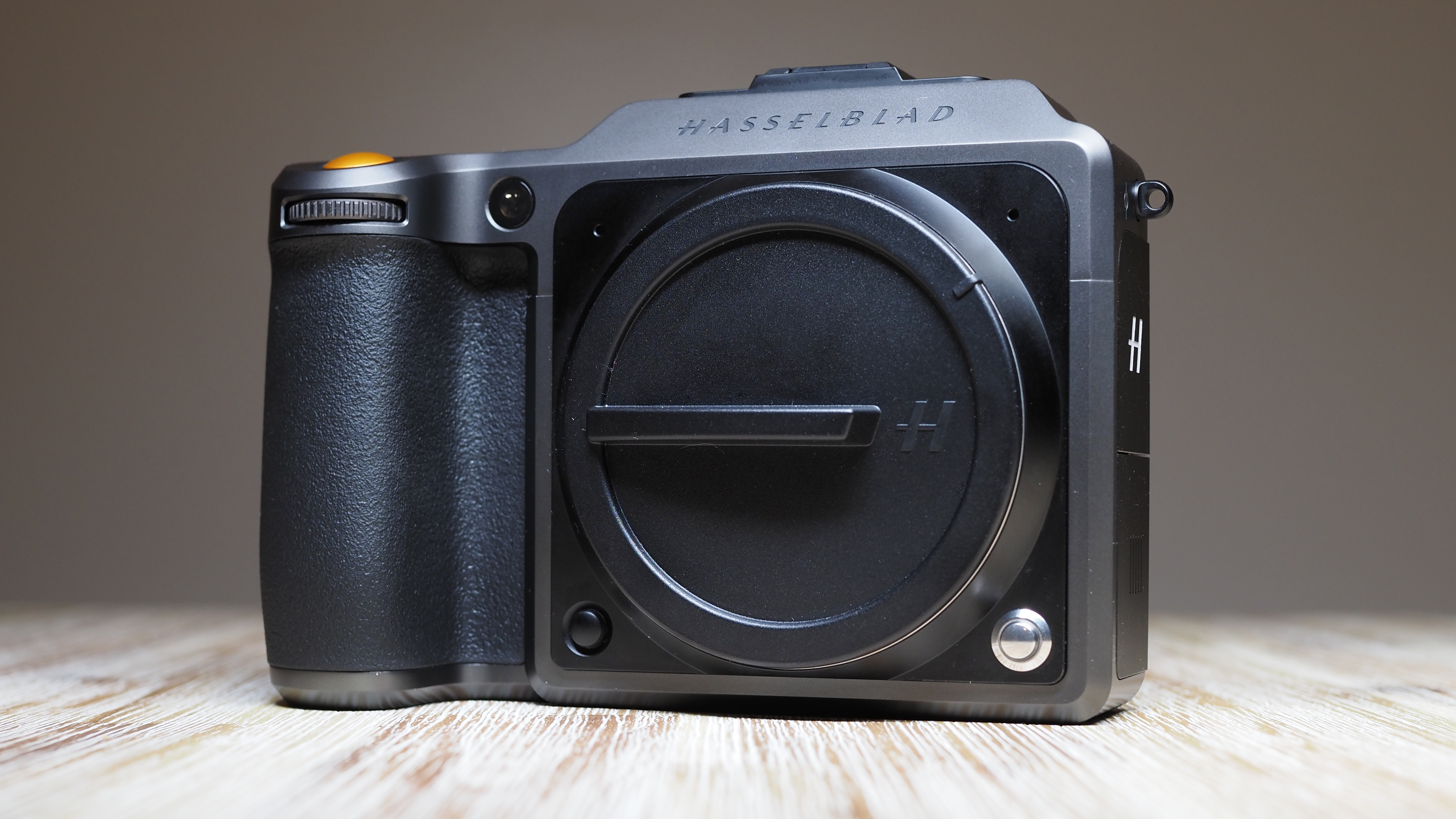
The Hasselblad has been challenged by the new wave of full-frame mirrorless cameras with similar image resolution – or better, in the case of the mighty 61MP Sony A7R Mark IV. However, while this and the 45.7MP Nikon Z7 and 47.3MP Panasonic S1R offer similar or better pixel counts in similarly sized chassis, the fact remains that they are still using 35mm size image sensors.
At some 67% larger, the medium format sensor in the X1D II is still significantly greater in size and able to capture greater image scale, detail and that all-important depth of field. So don't get misled by those megapixels – today's full frame mirrorless cameras may have comparable resolution, but 35mm sensors will never do what medium format can.
That said, where the original X1D broke new ground in 2016 by making medium format a truly portable proposition, since then it has been joined by the likes of the Fujifilm GFX 50S and Fujifilm GFX 50R – its direct competitors in terms of sensor size, body size and price tag. And of course, there's the Fujifilm GFX 100 that offers both image stabilization and double the resolution.
So where, then, does the Hasselbald X1D II 50C stand in the current medium format stakes?
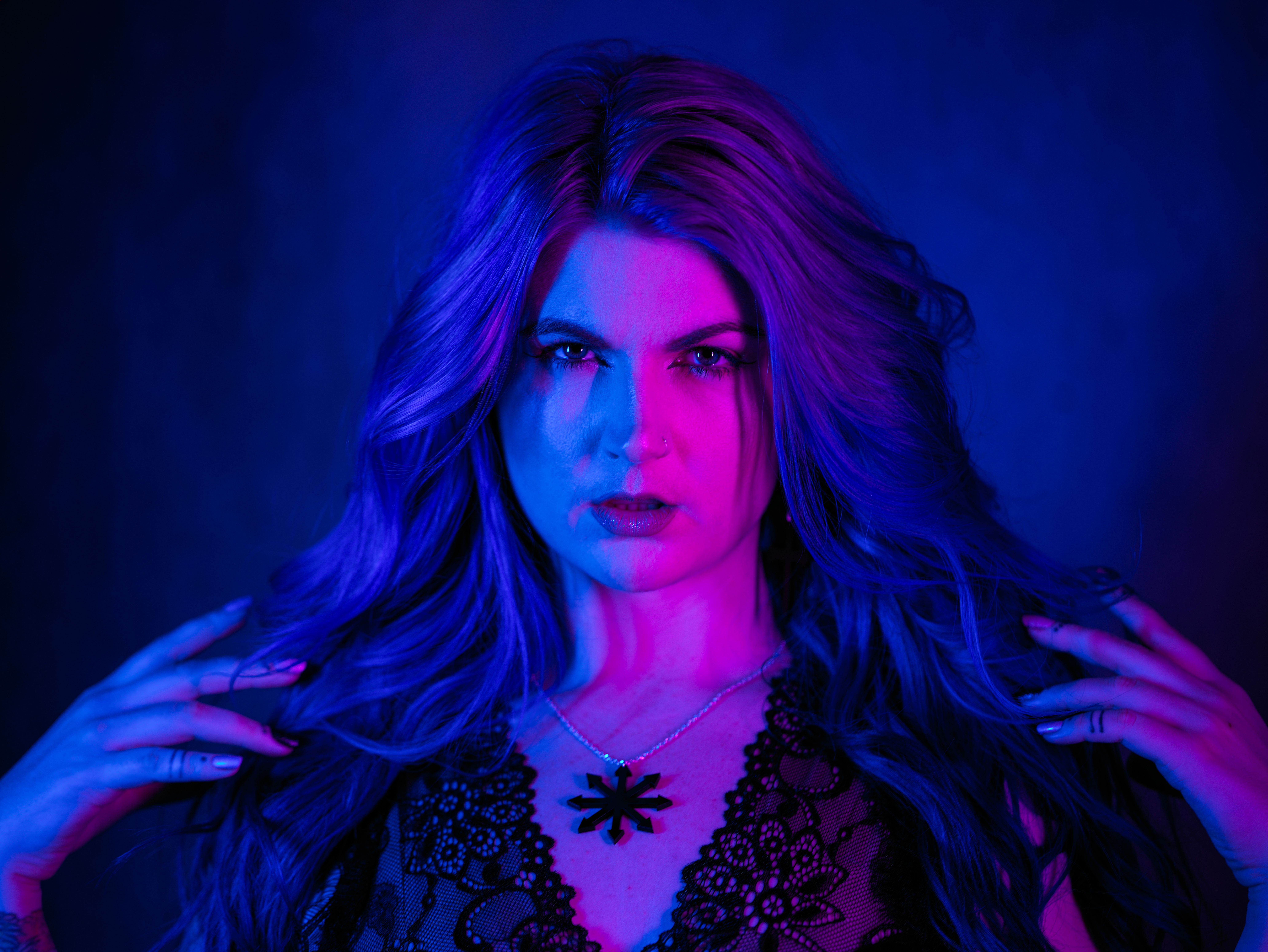
Specifications
Sensor: 50MP medium format CMOS, 43.8 × 32.9 mm
AF points: 117 contrast AF
ISO range: 100 to 25,600
Max image size: 8,272 × 6,200
Metering modes: Spot, centre weighted and centre spot
Video: 2.7K at 30p
Viewfinder: OLED EVF, 3.69m dots, 100% coverage, 0.87x magnification
Memory card: Dual SD cards (UHS-II compatible)
LCD: 3.6-inch touchscreen, 2.36m dots
Max burst: 2.7fps
Connectivity: Wi-Fi, Bluetooth, GPS, USB-C (3.0)
Size: 148 x 97 x 70mm (body only)
Weight: 766g (body only, with battery and SD card)
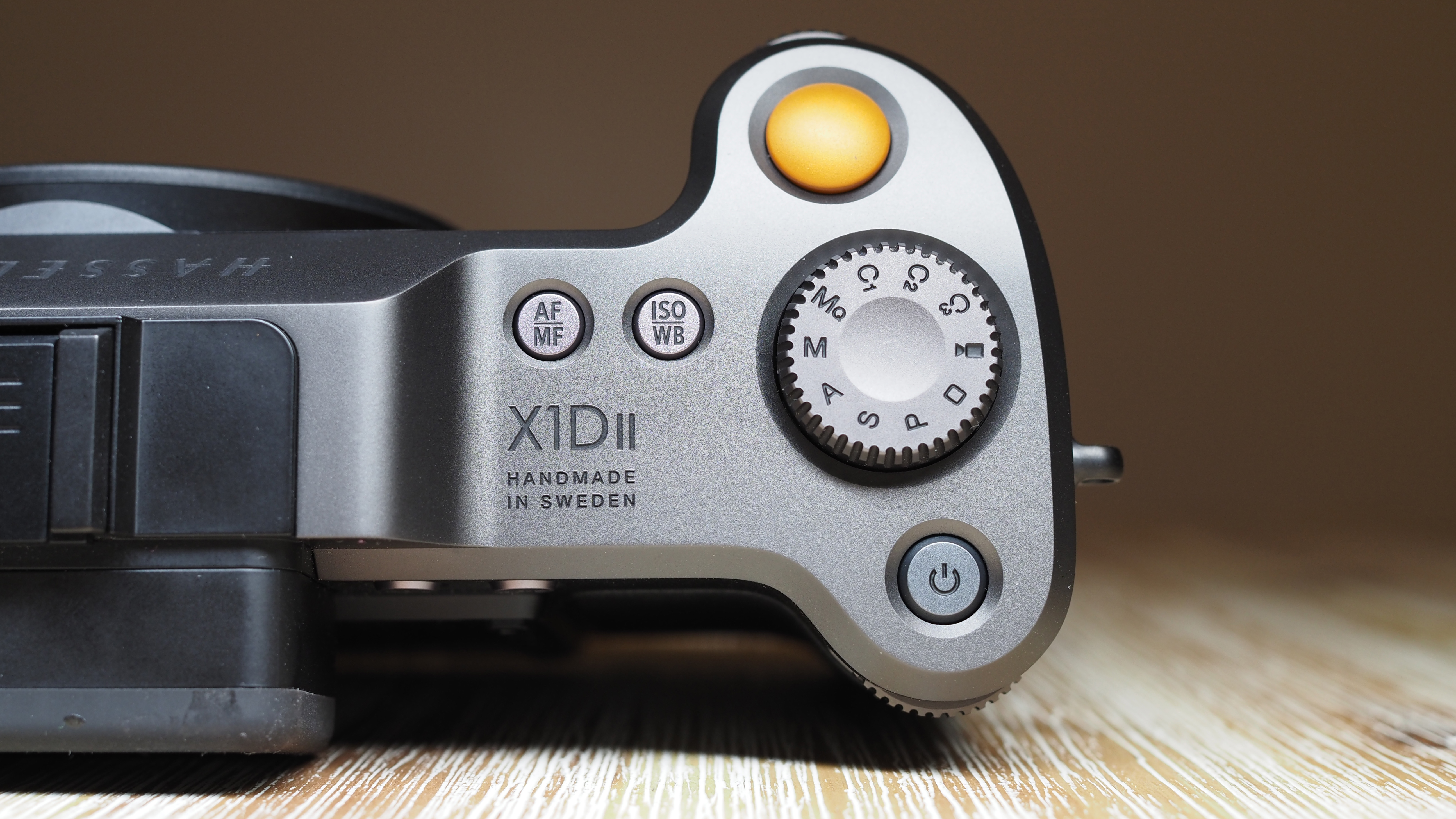
Key features
Hasselblad X1D II 50C vs Hasselblad X1D 50C
There are a number of incremental updates between the X1D II and the original X1D that, while they may seem slight on the surface, are quite significant in terms of the new camera's performance.
Both the electronic viewfinder and rear screen are much improved in terms of resolution and refresh rate, which is now 60fps in live view with reduced shutter lag and black out time between frames.
The 3.69 million-dot OLED EVF is a big step up from the 2.6 million dots of the original, and also possesses a greater magnification of 0.87x. Perhaps the biggest plus, though, is the fact that the menu system is now accessible when looking through the viewfinder.
The rear touchscreen is now 3.6 inches (up from 3.0) and 2.36 million dots (from 920 thousand). It's also much more responsive, with some welcome additions such as drag and drop focus point placement (enabling you to shoot through the EVF and move the point with your thumb on the touchscreen) and pinch/spread control to adjust the size of AF points.
The JPG files it produces are now full resolution, as opposed to the quarter-sized reference JPGs of before, and benefit from the Hasselblad Natural Colour Solution technology for improved color rendition. While you're probably going to stick to the RAW files if you're using a camera like this, the ability to save and work with full-size JPGs is still very useful (again, especially when RAW files are 100MB+).

The overall speed of the whole system is noticeably quicker, thanks to a new electronics platform. In particular, the camera now boots up 46% faster than before and image reviewing is zippier.
The continuous shooting rate has been improved to 2.7fps (positively peppy, compared to the 2fps of the original), and the camera now supports UHS-II SD cards – which obviously makes a big difference to workflow, when you're dealing with raw files that are over 100MB each.
These speed increases are relative, however. The X1D II 50C is not a camera that can be rushed, even now.
GPS is now built into the camera, rather than requiring a hotshoe-based add-on, facilitating automatic image geotagging. The USB-C connection enables you to charge the camera using a laptop or power bank (though we weren't able to test whether charging is possible while the camera is in use).
Using the Phocus Mobile 2 software you can shoot tethered via either Wi-Fi or wired connection, and raw images and full-quality JPGs can now be imported, edited and rated for an improved mobile workflow on iPad Pro and iPad Air 2019. The software also enables direct remote camera control.

Performance
Despite the improvements in interface and speed, the Hasselblad X1D II 50C still has the same image sensor and broadly the same capabilities as its predecessor. Which means, fundamentally, that its technical performance is largely indistinguishable from the original.
That means that you can expect genuinely gorgeous images, both in terms of the full-res JPGs and the chunky RAW files. Again, 35mm cameras might rival the X1D II on paper in terms of resolution, but their smaller sensors can't compare to medium format when it comes to scale, scope and that elusive 'ethereal' quality.
Image quality really is in a league of its own. Paired with the stunning Hasselblad XCD 1,9/80 or Hasselblad XCD 2,8/135, you have the ability to create portraits with beautifully thin depth of field and falloff. Shooting wider, such as with the Hasselblad XCD 35-75 or the new Hasselblad XCD 2,8/65 enables you to capture images with great dimensionality and the kind of depth that is truly unique to medium format photography.
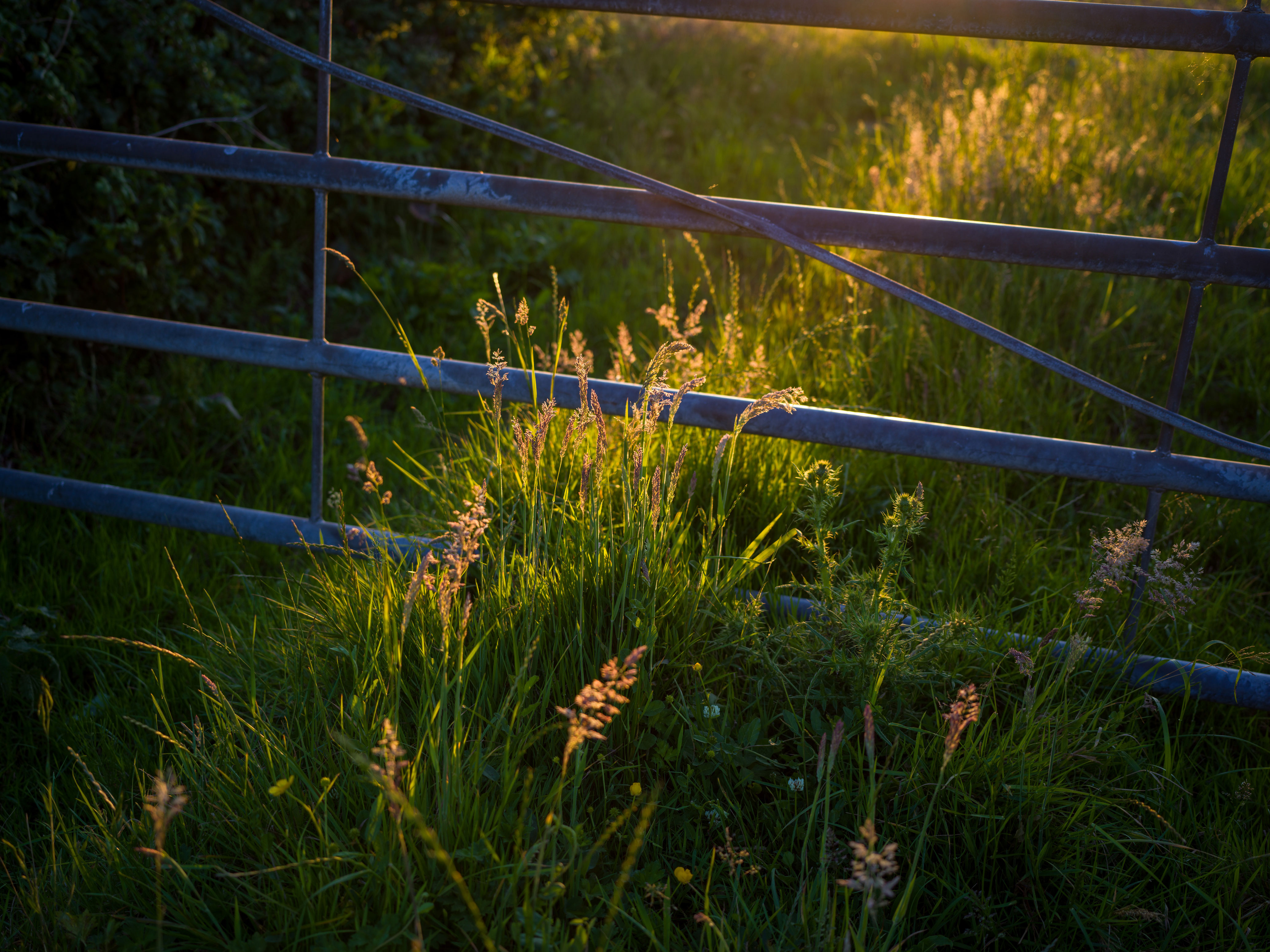
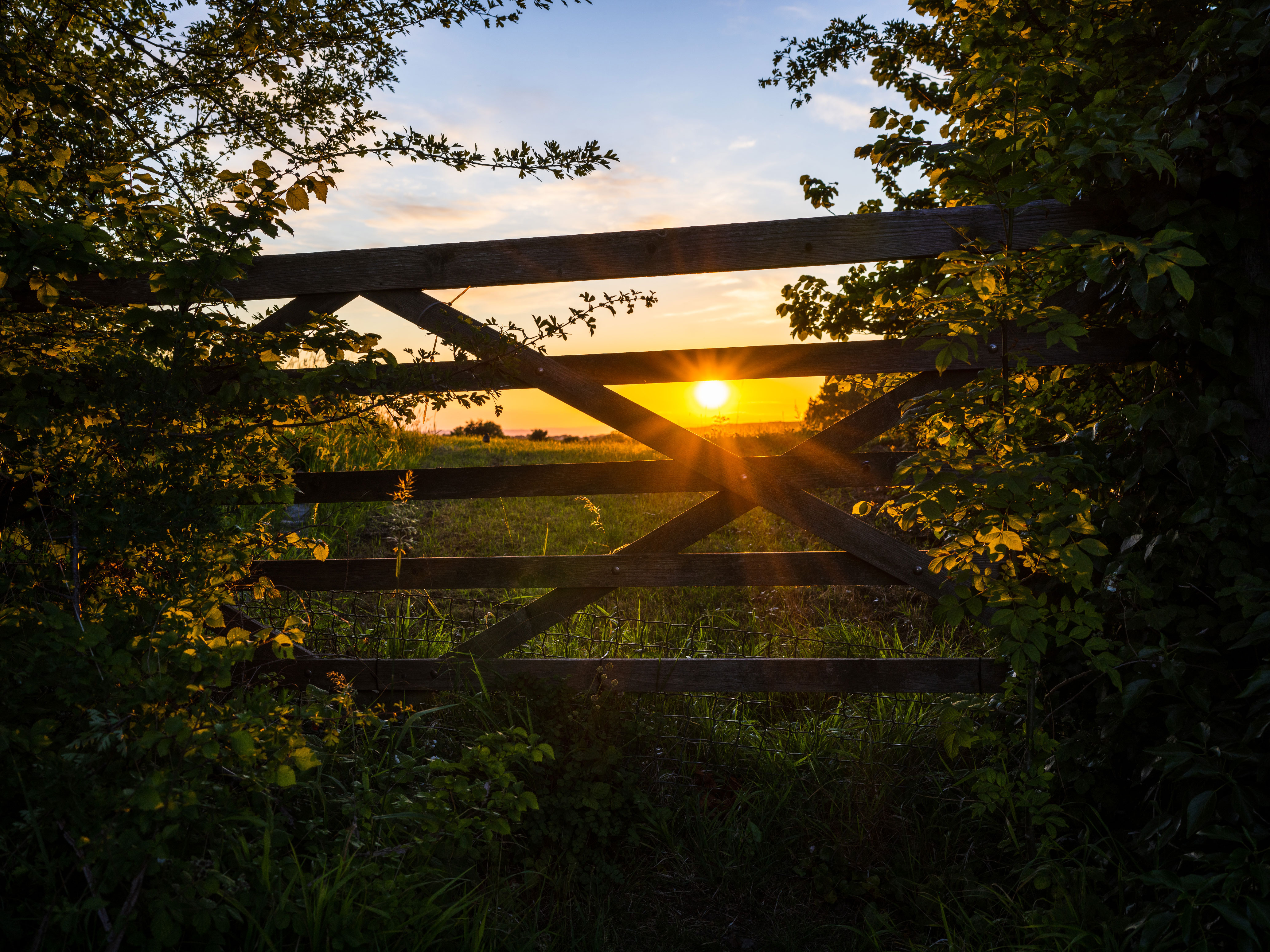
It is quite difficult to explain the particular quality of this camera's images. The dynamic range in the raw files is quite exceptional, and while Adobe Camera Raw might not be the best tool for noise control, the shadow and highlight detail it can recover from the X1D II's raw files is eye-opening. That, and the depth of color and the sheer, biting clarity of the fine detail, makes the Hasselblad's raw files rather special in a way that it's difficult to communicate with lab charts.
Still, the images themselves are no different than you could produce with the original X1D – and, unfortunately, the conditions under which you produce them are no different, either.
The autofocus is still a bugbear with this camera. It can be very sluggish, even in decent light, hunting helplessly even when using a drag and drop focus point. Whether we were shooting models using studio lighting or street scenes in broad daylight, the camera always needed a few attempts to find focus.

This is because the X1D II still uses a contrast detect system, and unlike rival systems there are no clever tracking or eye detection algorithms to help the AF system keep up. The autofocus isn't unusable, by any means, but it remains a notable issue that can bring the pace of your shooting to a screeching halt.
Also slowing you down is the sluggish nature of the shutter mechanism, which takes between half a second and a second to engage after you've depressed the button. It feels like the half-second of lag you get after you've taken a shot, before the preview image appears on the LCD, but it's additional lag before you've taken the shot.
A day-long photoshoot with two professional models ground to a standstill repeatedly, and it took some getting used to for all involved having to stay statue-still for extended periods, waiting first for the AF to find focus and then for the shutter to finally kick in. And obviously, with no image stabilization, you will need to master the skill of staying statue-still.
You'll require good camera craft and/or considered shutter speeds when shooting handheld, as the huge sensor will betray even the smallest movements during an exposure. This, coupled with the agonized focus and shutter times, meant that we ultimately resorted to a tripod when using longer lenses like the XCD 2,8/135.
In ideal conditions, though, and with a more compact lens like the XCD 3,5/30, the camera is so light and so ergonomically well designed that shake is mostly a non-issue. It remains an impressive achievement that handheld medium format photography is possible in such a compact camera, and ultimately this is where the X1D II shines – even though it's also where it's outshone by its Fujifilm rivals.
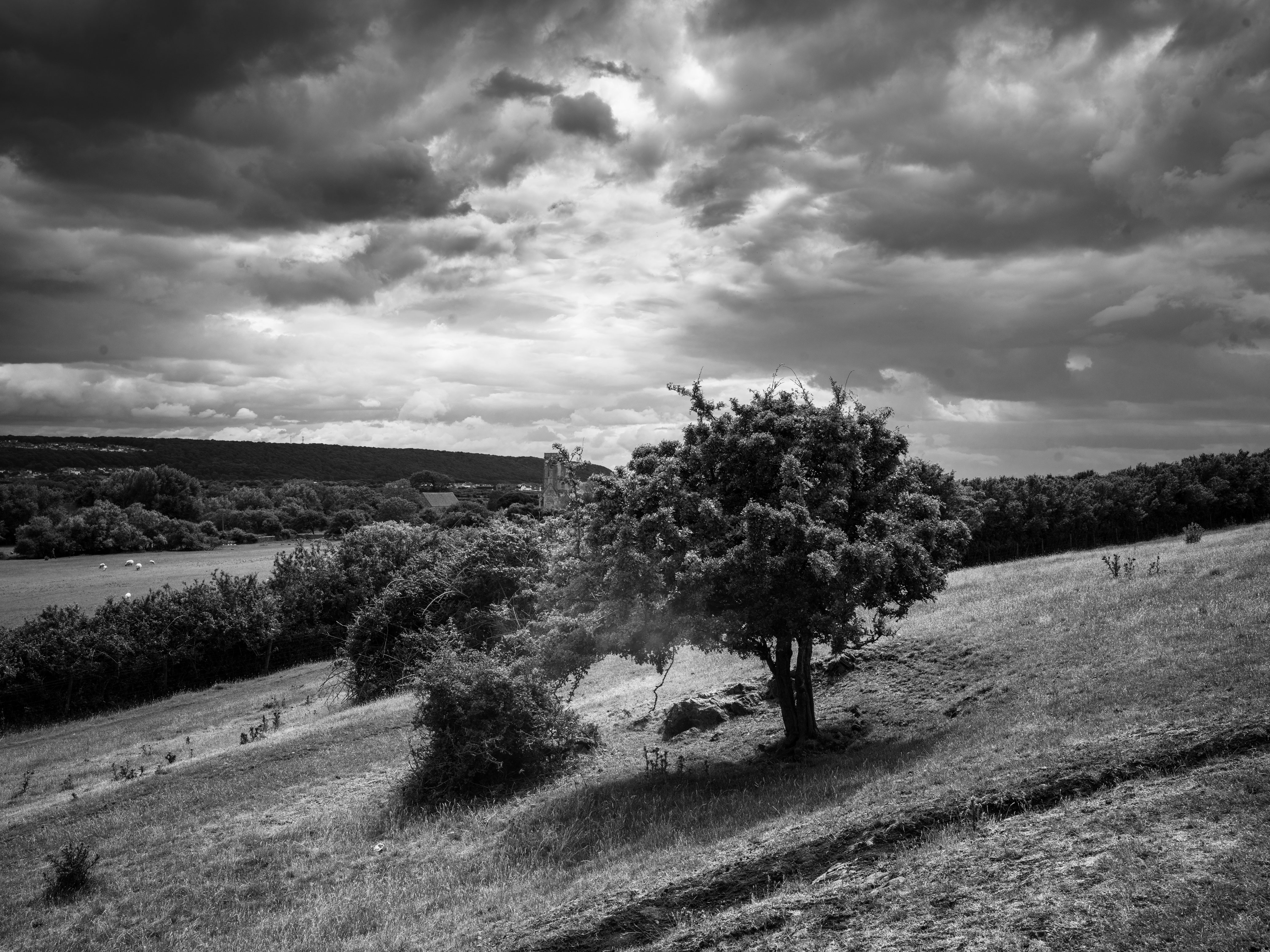
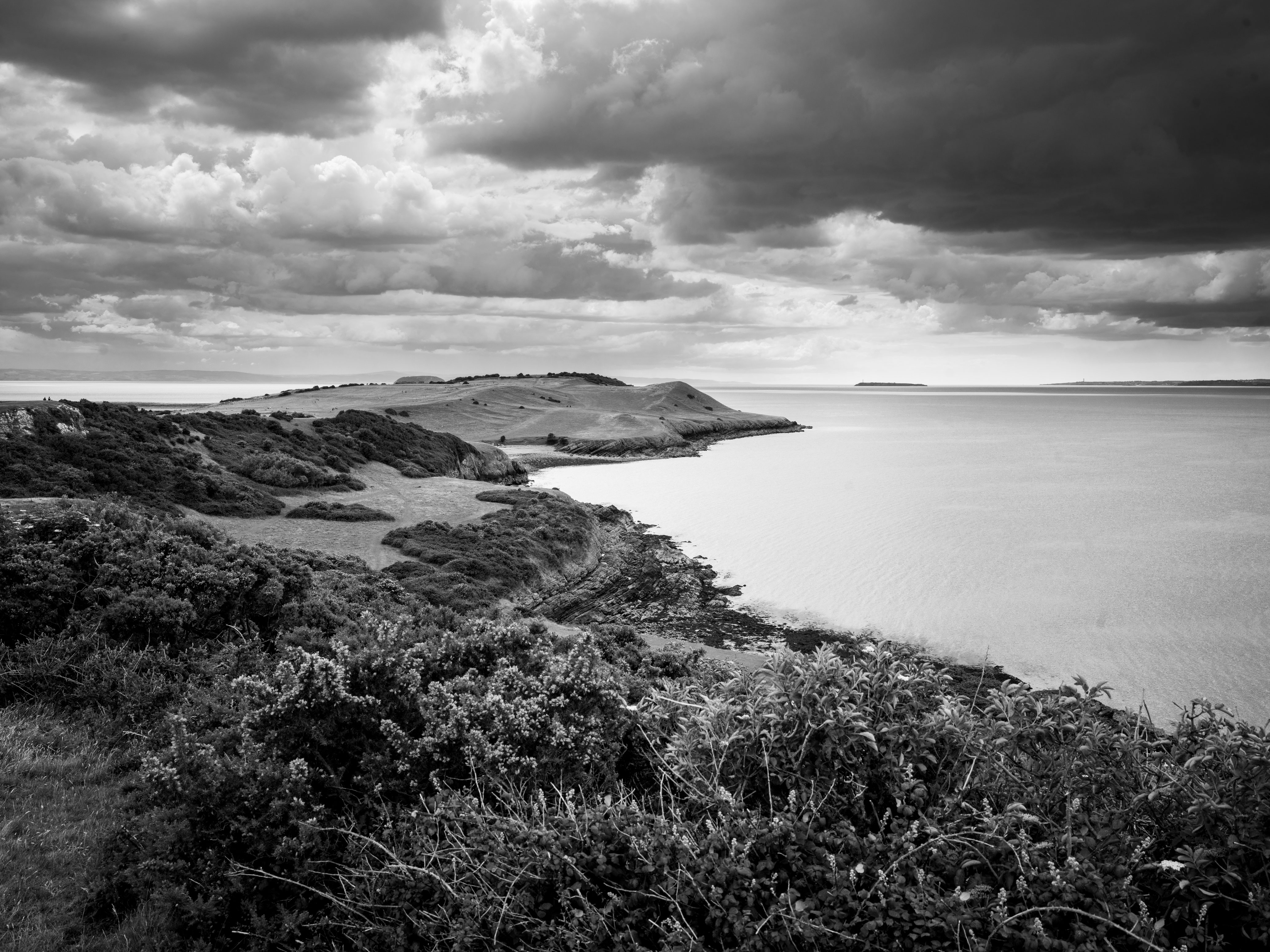
Video
The version 1.2.0 has finally brought video capability to the X1D II 50C, which ends the embarrassment of a mode dial setting and a menu screen that didn't do anything, but it doesn't really change the Hasselblad's audience. With a maximum video resolution of 2.7K at 30p (it will also shoot Full HD 1080), the Hasselblad still lags behind cheaper full frame mirrorless cameras.
It does have the advantage of the big sensor for extra cinematic 'depth' and the quality of the Hasselblad lenses, but the pedestrian autofocus speeds rule out anything but static tripod-mounted manual focus shots – there is no stabilization, either.
The X1D II 50C can shoot really nice looking video, but it's best thought of as a modest cinema camera – it's definitely not a run-and-gun handheld vlogging camera.
Lab tests
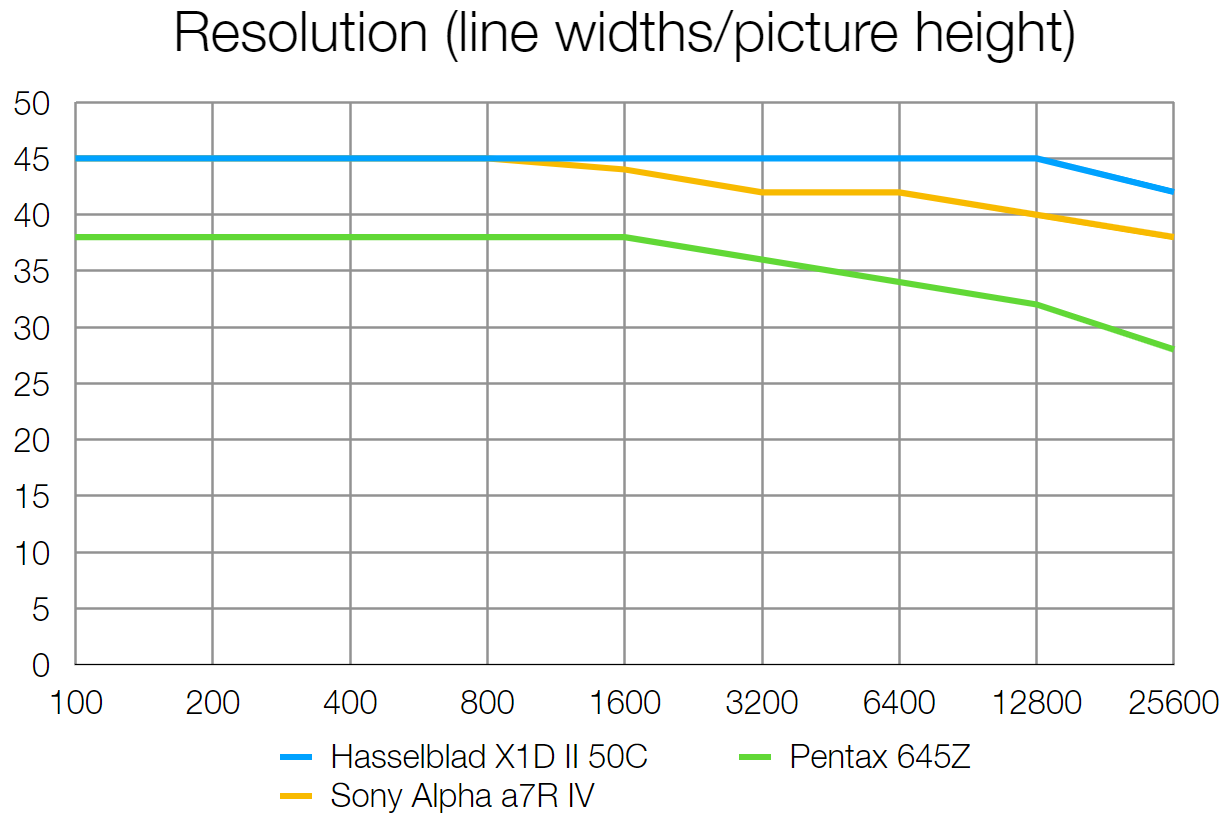
Resolution
The Hasselblad X1D II 50C produces very clear images throughout its sensitivity scale, which helps resolve very fine detail. In fact, the 50MP Hasselblad equals the 61.2MP Sony A7R IV at lower sensitivities and actually beats the Sony at higher sensitivities, due to the X1D II's better noise handling at high ISOs. The Pentax 645Z was launched back in 2014, and though it's 51MP sensor still scores well on paper, it can't match the more modern Hasselblad in our resolution testing.
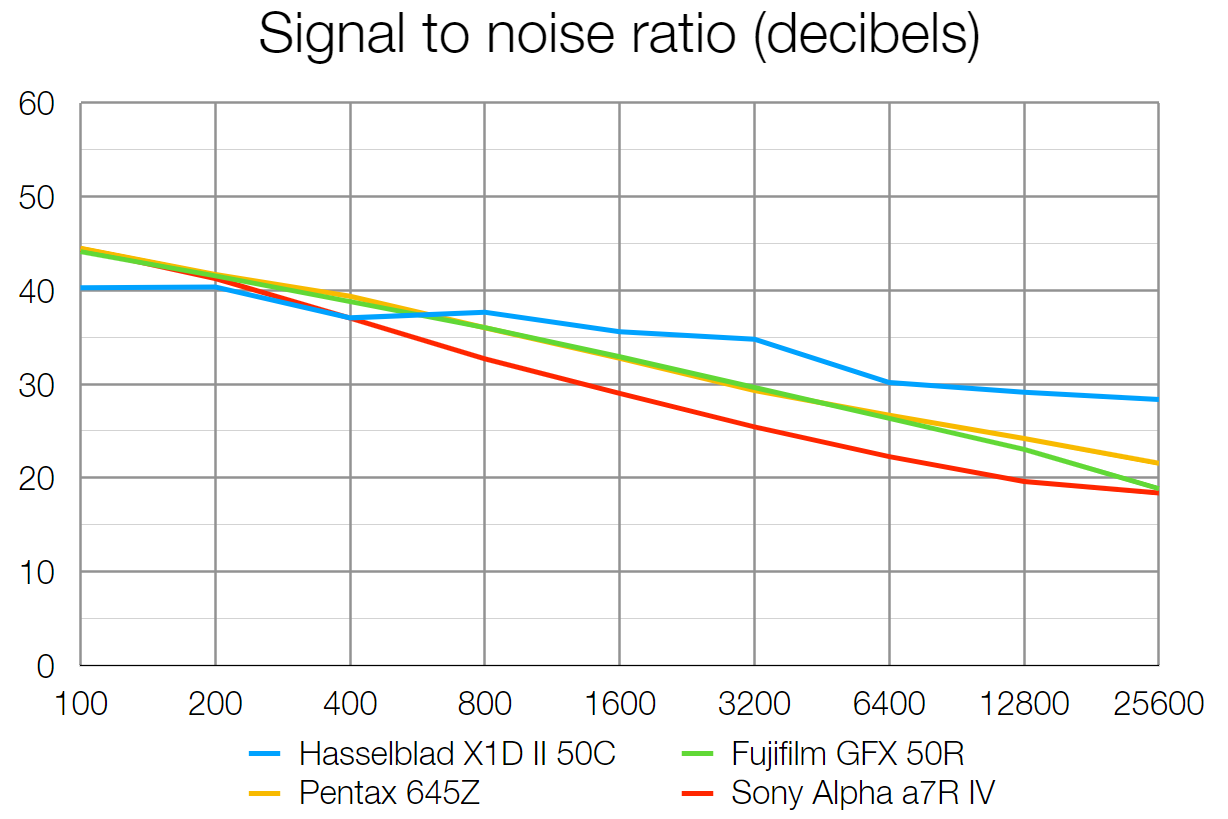
Signal to noise ratio
Though the Hasselblad's images aren't quite the cleanest at lower ISO sensitivities, it comes good at ISO 800, and from there on it's in a league of its own, resisting high ISO image noise impressively well. The extra megapixels offered by the Sony A7R IV are crammed onto a smaller full-frame sensor, and it's clear this has increased the Sony's susceptibility to image noise.
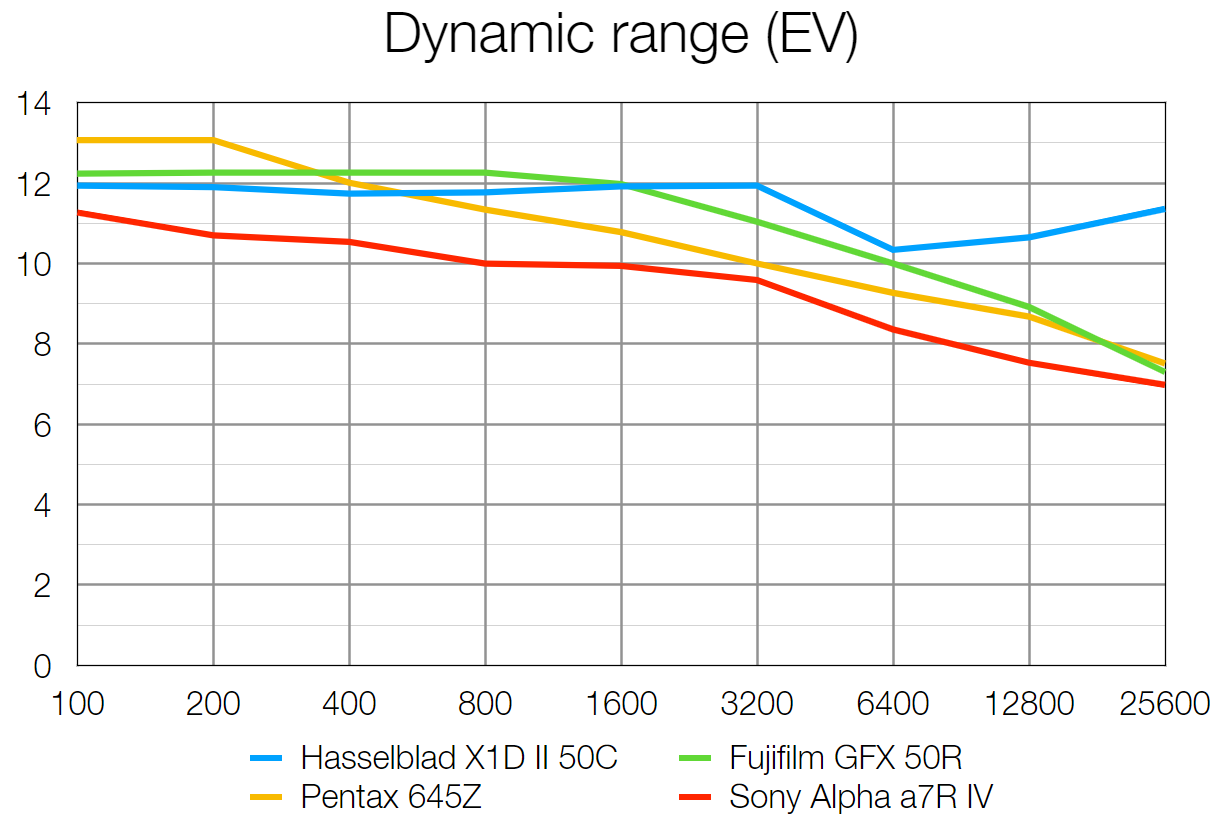
Dynamic range
The X1D II 50C scores well for dynamic range, especially at higher sensitivities. In fact, a little too well at the highest sensitivities. Where possible, we always disable any in-camera dynamic range enhancement in order to preserve a level playing field when testing. However, Hasselblad's in-camera menu options are intentionally streamlined – and while this enhances ease of use, the X1D II lacks any dynamic range menu options. It therefore leaves open the possibility that the X1D II is applying some high ISO dynamic range enhancement to RAW files behind the scenes.

Verdict
The improvements in the Hasselblad X1D II 50C are both worthwhile and welcome. They are, however, very much a case if iteration rather than innovation. The X1D II is fundamentally the same camera as the X1D, albeit with a better EVF and touchscreen, better boot-up speed and responsiveness, and superior connectivity and workflow options.
The updates are such that existing X1D owners have no need to invest in the new camera, as there simply isn't enough here to warrant a repurchase. However, if you're new to medium format and you want to explore the unique properties that the standard has to offer, the X1D II is an even more compelling proposition than its predecessor thanks to its newly competitive price point.
In terms of truly handheld medium format imaging, this remains a formidable tool. That said, the Fujifilm GFX 50R offers comparable quality and performance, more reliable autofocus and no shutter lag, the ability to shoot video, along with a cheaper price of admission (particularly in terms of its lens ecosystem). However, much like Leica, there is something undeniably magical about shooting with a Hasselblad – and the XCD optics really are quite special.
Ultimately, what sets the X1D II apart from other cameras is the image quality and the shooting pace that it dictates. Paradoxically, while the former makes it ideal for professional imaging, the latter would make professional workflow a potentially tortuous process.
The Hasselblad X1D II 50C demands that you slow down and shoot in a more zen-like manner, and your reward is impeccable image quality. If you find that refreshing, rather than frustrating, then you will adore this camera and what it can do.
Read more:
• Hands on: Hasselblad XCD 37-75 review – how good is the first X system zoom?
• The best medium format cameras on the market
• The best cameras for professionals in 2019: which pro camera system is best?
• Fujifilm GFX 50R review

James has 22 years experience as a journalist, serving as editor of Digital Camera World for 6 of them. He started working in the photography industry in 2014, product testing and shooting ad campaigns for Olympus, as well as clients like Aston Martin Racing, Elinchrom and L'Oréal. An Olympus / OM System, Canon and Hasselblad shooter, he has a wealth of knowledge on cameras of all makes – and he loves instant cameras, too.
